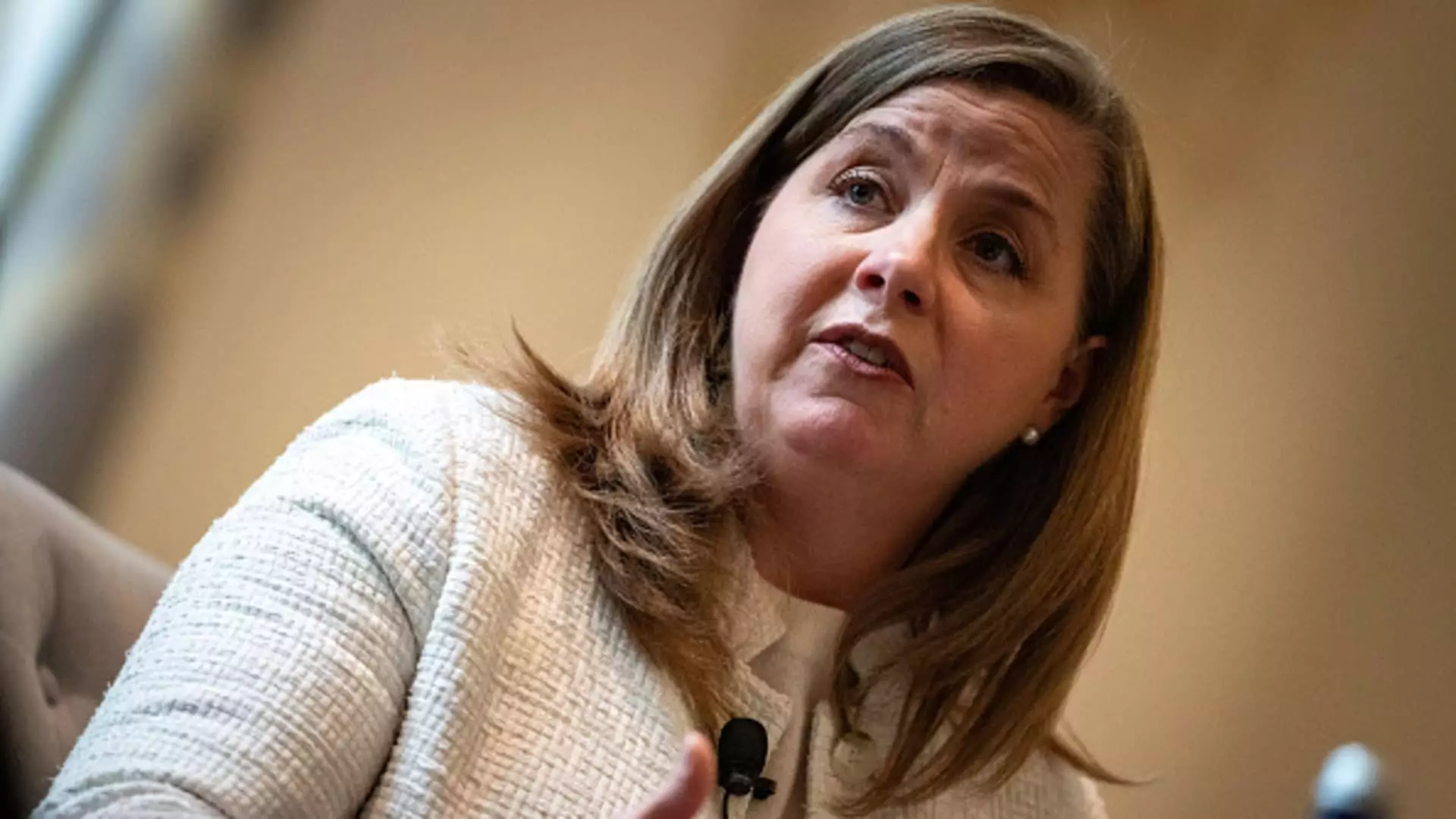In recent discussions surrounding the Federal Reserve’s monetary policy, the dialogue has become increasingly nuanced, revealing a complex weave of optimism and caution among its governors. One of the prominent voices in this ongoing conversation is Michelle Bowman. Her comments underscore a pivotal moment of reflection regarding interest rate adjustments amidst persistent inflationary pressures that exceed the Fed’s target.
Bowman articulated her support for the interest rate cuts enacted in December 2023, but she simultaneously expressed skepticism regarding future reductions. Her assertion that inflation remains “uncomfortably above” the Fed’s 2% target accentuates a critical challenge facing monetary policymakers today. While Bowman regards the December interest rate reduction as a concluding action in a recalibrated policy approach, she perceives the present rate as leaning towards neutrality—a posture that neither stimulates nor hinders economic growth.
Bowman’s assessment of inflation reveals an essential tension in the economy. Although there has been a noted decline in overall inflation rates throughout 2023, core inflation, which excludes volatile food and energy prices, lingers at a troubling 2.8%. This persistence of core inflation, significantly above the desired threshold, suggests that, despite some progress, economic conditions have not stabilized sufficiently to warrant further rate cuts. The Fed bases its strategies on indicators indicative of long-term economic health, and the core inflation rate’s stagnation presents a dilemma that cannot be overlooked.
Recent minutes from the Federal Open Market Committee (FOMC) meetings corroborate Bowman’s views, unveiling a collective sentiment among committee members that inflation management remains a pressing concern. Some members forecast a return to the target inflation rate within several years, echoing the mixed messages prevalent in economic discussions. Notably, economic projections are often fraught with uncertainty, impacting strategic decisions on rate adjustments.
In a climate of contrasting views, Bowman’s inclination toward a hawkish stance stands in stark juxtaposition with that of her colleagues, such as Christopher Waller. Waller offered a more optimistic perspective during a speech delivered in Paris, where he emphasized that observed price levels suggest a cooling trend in inflation. This divergence among Fed officials reflects the complexity of current economic realities, with some advocating for further cuts to the main policy rate while others maintain a careful watch over inflation dynamics.
Both the regional presidents of the Boston and Philadelphia Federal Reserves aligned with the notion that while rate reductions may be justified, they should proceed with caution and deliberation, marking a significant pivot from aggressive approaches seen in previous years. Such divergent perspectives not only complicate internal Fed discussions but also raise questions about the future of U.S. monetary policy in addressing inflation while fostering growth.
Bowman also stresses the significance of external factors on economic stability, particularly concerning the incoming administration under President-elect Donald Trump. Issues such as tariffs and immigration policies loom large over the economy, leading her to caution fellow policymakers against premature judgments about potential shifts in economic strategy. Here, Bowman encapsulates the broader uncertainty that envelops the economy, linking fiscal policy and regulatory changes to overall economic health.
As the Fed navigates this intricate landscape, Bowman cautions against overly lenient monetary policy, which could spur risk in the form of stock market volatility and impacts on Treasury yields. Her belief in a measured approach underscores the delicate balance policymakers must strike between stimulating growth and effectively controlling inflation.
Ultimately, the trajectory of U.S. monetary policy will hinge on the evolution of inflation indicators, market dynamics, and the broader economic context. As the Fed continues to evaluate conditions, the discussions exemplified by Bowman’s remarks reflect a commitment to thoughtful and informed decision-making. With inflationary pressures persisting, the need for a cautious, adaptable stance remains paramount, reinforcing the complexities inherent in shaping an effective monetary policy in today’s economic environment.

